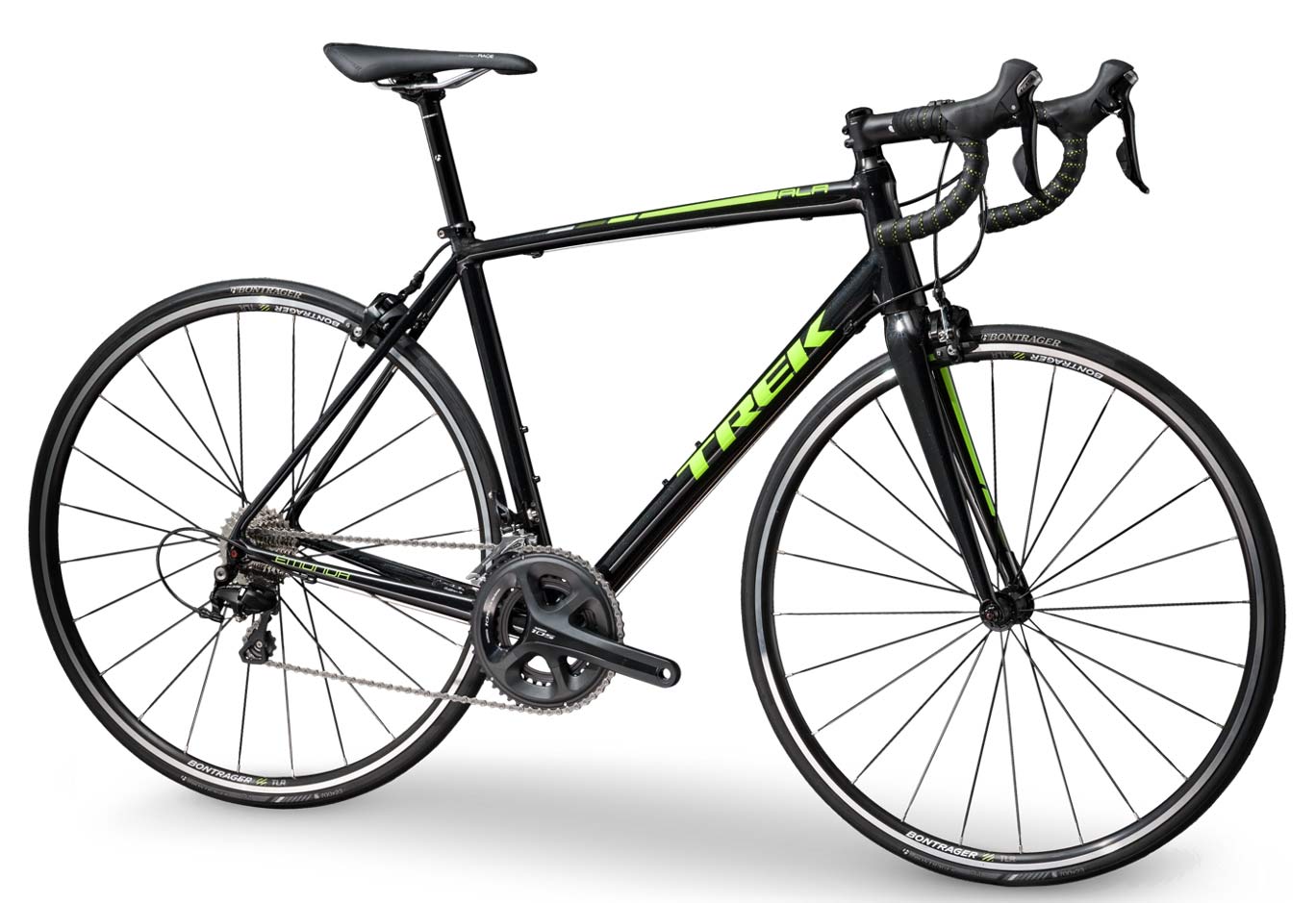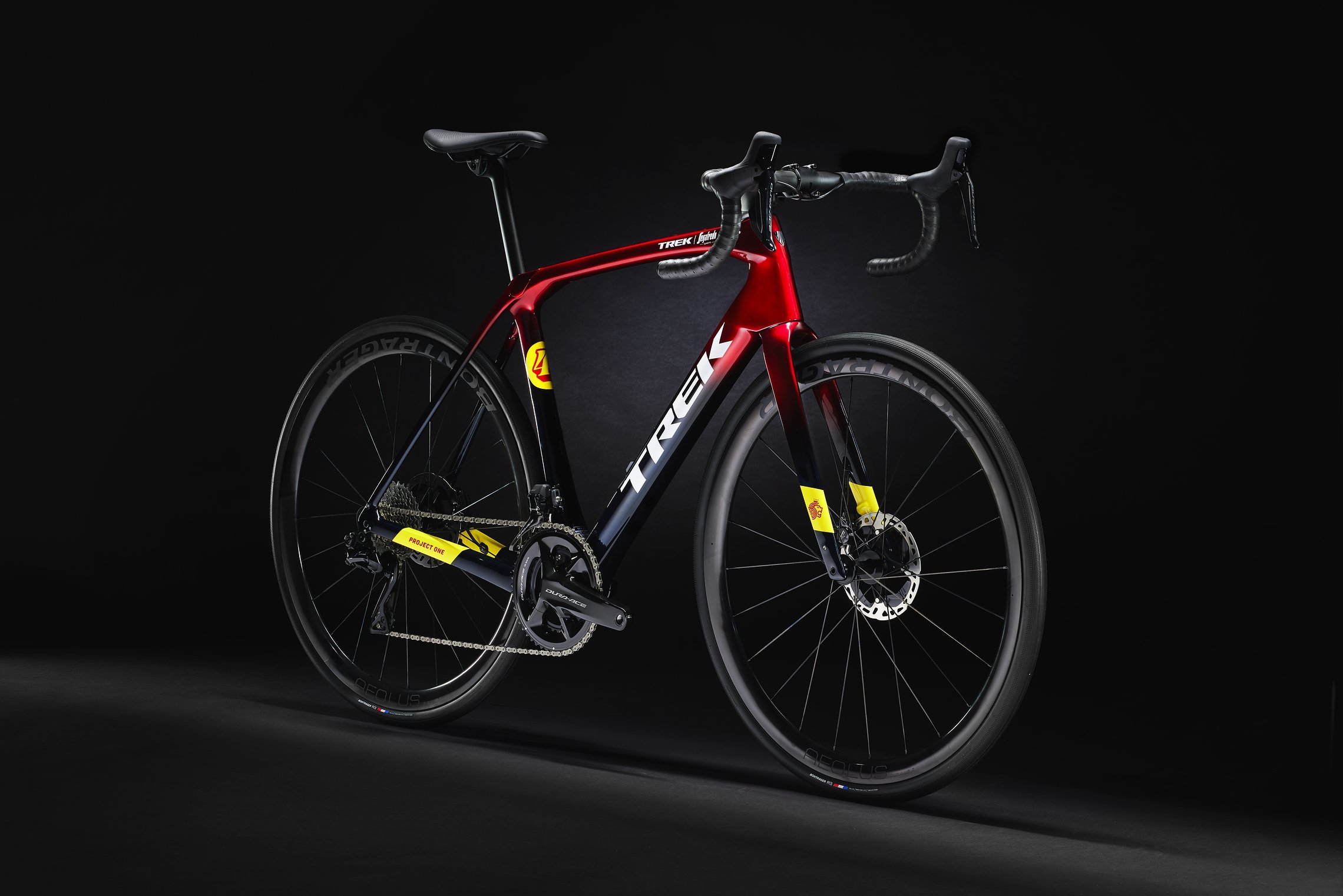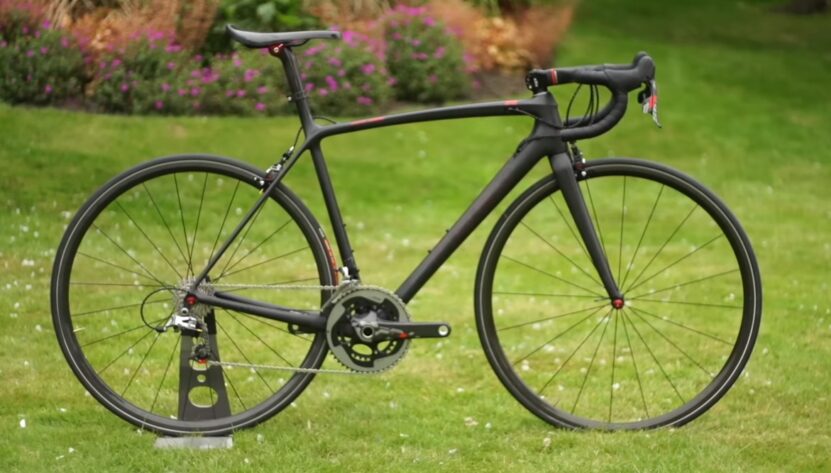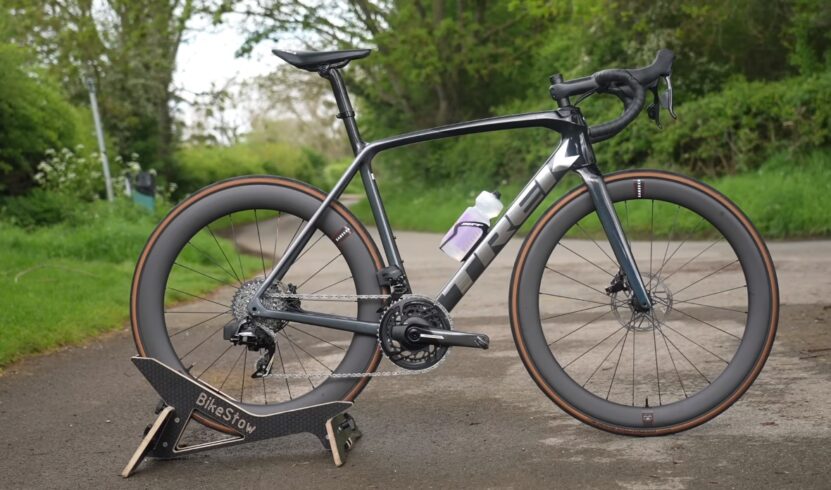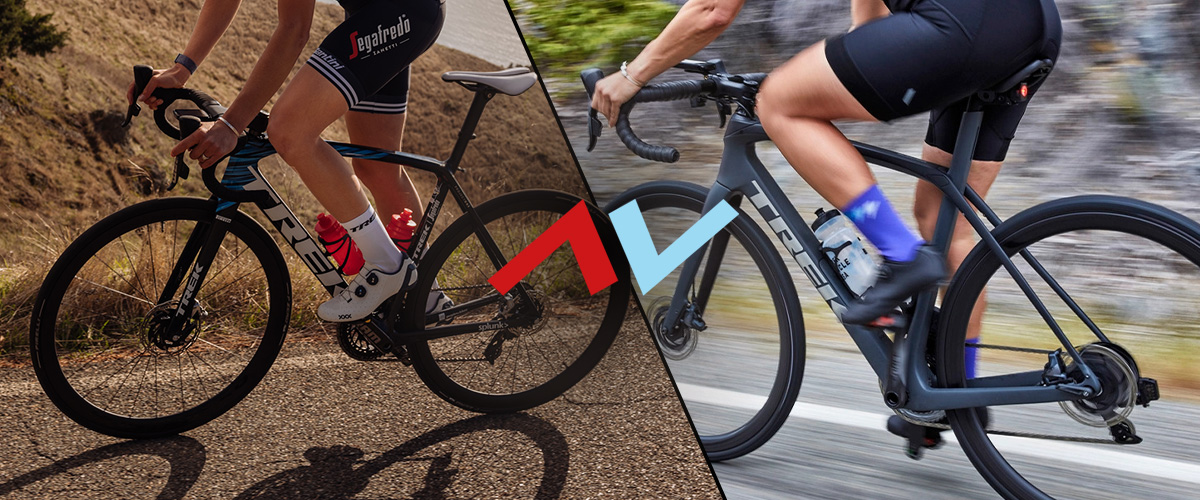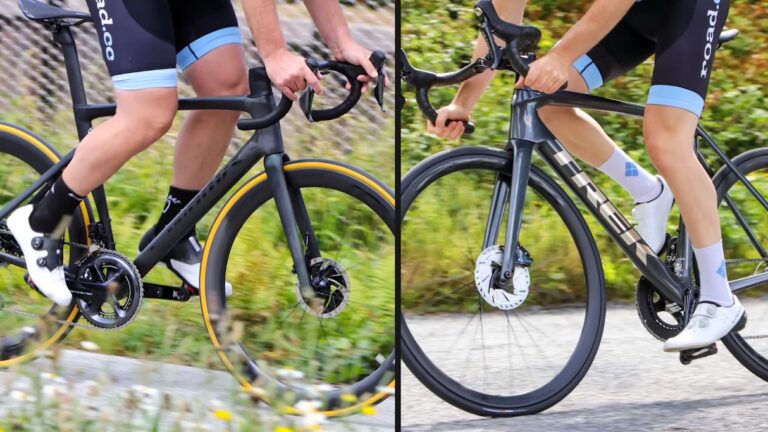Understanding the Key Differences Between Trek Emonda and Domane
When it comes to choosing the right road bike, Trek offers two popular models that cater to different riding styles and preferences: the Trek Emonda and the Trek Domane. While both bikes share some similarities, they have distinct features that set them apart. Understanding the key differences between these two models is crucial to making an informed purchasing decision. In this article, we will delve into the details of each bike, exploring their unique characteristics, benefits, and ideal riding conditions.
The Trek Emonda and Domane are both high-performance road bikes designed for serious cyclists. However, they differ in their approach to comfort, speed, and handling. The Emonda is a lightweight, aerodynamic bike designed for climbers and sprinters, while the Domane is a comfort-focused bike designed for endurance riders. By understanding the strengths and weaknesses of each bike, cyclists can choose the one that best suits their riding style and preferences.
One of the primary differences between the Trek Emonda and Domane is their frame design. The Emonda features a lightweight, aerodynamic frame that is optimized for speed and efficiency. In contrast, the Domane has a comfort-focused frame that incorporates Trek’s innovative IsoSpeed technology, which provides a smoother ride and reduced vibration. This difference in frame design has a significant impact on the overall riding experience, making the Emonda a better choice for climbers and sprinters, while the Domane is more suitable for endurance riders.
Another key difference between the two bikes is their geometry. The Emonda has a more aggressive geometry, with a lower standover height and a longer reach, making it ideal for riders who prefer a more aerodynamic position. The Domane, on the other hand, has a more relaxed geometry, with a higher standover height and a shorter reach, making it more comfortable for riders who prefer a more upright position.
In terms of components, both bikes offer high-quality options, including Shimano and SRAM groupsets, as well as high-performance wheels and tires. However, the Emonda tends to be more focused on speed and efficiency, with components that are optimized for aerodynamics and lightweight construction. The Domane, on the other hand, prioritizes comfort and durability, with components that are designed to provide a smoother ride and longer lifespan.
Ultimately, the choice between the Trek Emonda and Domane depends on your specific riding style and preferences. If you’re a climber or sprinter who prioritizes speed and efficiency, the Emonda may be the better choice. However, if you’re an endurance rider who values comfort and durability, the Domane is likely a better fit. By understanding the key differences between these two bikes, you can make an informed decision and choose the one that best suits your needs.
What is the Trek Emonda: A Lightweight Road Bike for Climbers
The Trek Emonda is a high-performance road bike designed for climbers and sprinters who demand a lightweight and aerodynamic ride. With its sleek frame design and advanced technology, the Emonda is perfect for riders who want to tackle challenging terrain with ease and speed.
One of the standout features of the Trek Emonda is its lightweight frame, which is constructed from Trek’s proprietary 700 Series OCLV Carbon. This advanced material provides exceptional strength-to-weight ratio, allowing the Emonda to weigh in at just 690 grams for a size 56cm frame. This makes it one of the lightest production road bikes on the market, perfect for climbers who need every advantage they can get.
In addition to its lightweight frame, the Emonda also features an aerodynamic design that helps to reduce air resistance and increase speed. The bike’s tube shapes and profiles are carefully optimized to minimize drag, while the internal cable routing and hidden brake calipers help to reduce wind resistance. This makes the Emonda a great choice for sprinters and time trialists who need to maximize their speed.
The Trek Emonda is also designed to provide exceptional handling and responsiveness, making it a joy to ride on twisty roads and technical descents. The bike’s geometry is carefully tuned to provide a stable and predictable ride, while the advanced fork design helps to absorb road vibrations and provide a smooth ride.
In terms of components, the Trek Emonda is available with a range of high-performance options, including Shimano and SRAM groupsets, as well as high-end wheels and tires. This makes it easy to customize the bike to suit your specific needs and preferences, whether you’re a professional rider or a serious enthusiast.
Overall, the Trek Emonda is a fantastic choice for climbers and sprinters who demand a lightweight and aerodynamic ride. With its advanced technology and exceptional handling, the Emonda is perfect for riders who want to take their performance to the next level. Whether you’re racing or just riding for fun, the Emonda is sure to deliver an exceptional riding experience.
What is the Trek Domane: A Comfort-Focused Road Bike for Endurance Riders
The Trek Domane is a high-performance road bike designed for endurance riders who prioritize comfort and versatility. With its innovative IsoSpeed technology and comfort-focused design, the Domane is perfect for riders who want to tackle long distances and challenging terrain with ease and confidence.
One of the standout features of the Trek Domane is its IsoSpeed technology, which provides a smoother ride and reduced vibration. This innovative system decouples the seatpost from the frame, allowing for greater flexibility and comfort. The result is a ride that is significantly smoother and more comfortable, even on rough roads and terrain.
In addition to its IsoSpeed technology, the Domane also features a comfort-focused design that prioritizes rider comfort and versatility. The bike’s geometry is carefully tuned to provide a stable and predictable ride, while the advanced fork design helps to absorb road vibrations and provide a smooth ride. The Domane also features a more upright riding position, which reduces strain on the back and neck and provides greater comfort on long rides.
The Trek Domane is also designed to provide exceptional handling and responsiveness, making it a joy to ride on twisty roads and technical descents. The bike’s advanced frame design and high-performance components provide exceptional stability and control, even at high speeds. This makes the Domane a great choice for endurance riders who want to tackle challenging terrain with confidence and precision.
In terms of components, the Trek Domane is available with a range of high-performance options, including Shimano and SRAM groupsets, as well as high-end wheels and tires. This makes it easy to customize the bike to suit your specific needs and preferences, whether you’re a professional rider or a serious enthusiast.
Overall, the Trek Domane is a fantastic choice for endurance riders who prioritize comfort and versatility. With its innovative IsoSpeed technology and comfort-focused design, the Domane is perfect for riders who want to tackle long distances and challenging terrain with ease and confidence. Whether you’re racing or just riding for fun, the Domane is sure to deliver an exceptional riding experience.
How to Choose Between Trek Emonda and Domane: A Step-by-Step Guide
Choosing between the Trek Emonda and Domane can be a daunting task, especially for those who are new to road biking. Both bikes are high-performance machines that offer exceptional riding experiences, but they cater to different riding styles and preferences. In this step-by-step guide, we will help you make an informed decision by considering the key factors that distinguish these two bikes.
Step 1: Determine Your Riding Style
The first step in choosing between the Trek Emonda and Domane is to determine your riding style. Are you a climber who prioritizes lightweight and aerodynamics? Or are you an endurance rider who values comfort and versatility? The Emonda is designed for climbers, with its lightweight frame and aerodynamic design. The Domane, on the other hand, is designed for endurance riders, with its comfort-focused design and IsoSpeed technology.
Step 2: Consider the Terrain
The terrain you ride on is another important factor to consider when choosing between the Trek Emonda and Domane. If you ride on smooth roads and prioritize speed, the Emonda may be the better choice. However, if you ride on rough roads or prioritize comfort, the Domane may be the better choice.
Step 3: Evaluate Your Personal Preferences
Your personal preferences also play a significant role in choosing between the Trek Emonda and Domane. Do you prioritize speed and efficiency, or comfort and versatility? The Emonda is designed for riders who prioritize speed and efficiency, while the Domane is designed for riders who prioritize comfort and versatility.
Step 4: Compare the Key Features and Specs
Once you have determined your riding style, considered the terrain, and evaluated your personal preferences, it’s time to compare the key features and specs of the Trek Emonda and Domane. This includes the frame materials, wheel sizes, gearing, and brakes. By comparing these features, you can get a better understanding of which bike is right for you.
Step 5: Read Reviews and Talk to Other Riders
Finally, it’s essential to read reviews and talk to other riders who have experience with the Trek Emonda and Domane. This can provide valuable insights into the pros and cons of each bike and help you make a more informed decision.
By following these steps, you can make an informed decision when choosing between the Trek Emonda and Domane. Remember to consider your riding style, terrain, personal preferences, and key features and specs when making your decision.
Trek Emonda vs Domane: A Comparison of Key Features and Specs
When it comes to choosing between the Trek Emonda and Domane, it’s essential to compare their key features and specs. Both bikes are high-performance machines, but they cater to different riding styles and preferences. In this section, we’ll provide a side-by-side comparison of the Trek Emonda and Domane, highlighting their key features and specs.
Frame Materials:
The Trek Emonda features a lightweight 700 Series OCLV Carbon frame, while the Domane features a comfort-focused 600 Series OCLV Carbon frame. Both frames are designed to provide exceptional strength-to-weight ratio, but the Emonda’s frame is more focused on aerodynamics and lightweight construction.
Wheel Sizes:
Both the Trek Emonda and Domane feature 700c wheels, but the Emonda’s wheels are more aerodynamically optimized for speed and efficiency. The Domane’s wheels, on the other hand, are more focused on comfort and versatility.
Gearing:
The Trek Emonda features a Shimano Ultegra or SRAM Force groupset, depending on the model, while the Domane features a Shimano Ultegra or SRAM Rival groupset. Both groupsets provide exceptional shifting performance and reliability, but the Emonda’s groupset is more focused on speed and efficiency.
Brakes:
Both the Trek Emonda and Domane feature hydraulic disc brakes, but the Emonda’s brakes are more aerodynamically optimized for speed and efficiency. The Domane’s brakes, on the other hand, are more focused on comfort and versatility.
Weight:
The Trek Emonda is significantly lighter than the Domane, with a claimed weight of 690g for a size 56cm frame. The Domane, on the other hand, has a claimed weight of 840g for a size 56cm frame.
Price:
The Trek Emonda and Domane have different price points, depending on the model and components. The Emonda is generally more expensive than the Domane, especially in the higher-end models.
In conclusion, the Trek Emonda and Domane have different key features and specs that cater to different riding styles and preferences. The Emonda is more focused on speed and efficiency, while the Domane is more focused on comfort and versatility. By comparing these features and specs, you can make an informed decision when choosing between the Trek Emonda and Domane.
Real-World Riding Experiences: Trek Emonda and Domane Reviews
To get a better understanding of the Trek Emonda and Domane, we’ve gathered real-world riding experiences and reviews from cyclists who have ridden both bikes. Here’s what they have to say:
“I’ve ridden both the Trek Emonda and Domane, and I have to say that they’re both incredible bikes. The Emonda is a rocket ship on the climbs, and the Domane is a comfortable cruiser on the flats. I prefer the Emonda for its speed and agility, but the Domane is a great choice for longer rides.” – John D.
“I was blown away by the comfort of the Domane. I’ve never felt so relaxed on a bike before. The IsoSpeed technology really makes a difference. The Emonda is a great bike too, but it’s more suited for racing and fast group rides.” – Emily G.
“I’ve owned both the Emonda and Domane, and I have to say that they’re both great bikes in their own ways. The Emonda is a great choice for climbers and sprinters, while the Domane is perfect for endurance riders. I prefer the Emonda for its speed and efficiency, but the Domane is a great choice for longer rides.” – Michael T.
“I was skeptical about the Domane at first, but after riding it for a few hundred miles, I was hooked. The comfort and versatility of the bike are unmatched. The Emonda is a great bike too, but it’s more suited for racing and fast group rides.” – David L.
Overall, the Trek Emonda and Domane have received rave reviews from cyclists who have ridden both bikes. While the Emonda is preferred by climbers and sprinters, the Domane is a great choice for endurance riders who prioritize comfort and versatility.
Trek Emonda and Domane: Which Bike is Right for Your Budget
When it comes to choosing between the Trek Emonda and Domane, budget is an important consideration. Both bikes are high-performance machines, but they have different price points. In this section, we’ll discuss the price points of the Trek Emonda and Domane, including their respective price ranges and value for money.
Trek Emonda Price Range:
The Trek Emonda has a price range of $2,000 to $10,000, depending on the model and components. The entry-level Emonda ALR 4 is priced at $2,000, while the high-end Emonda SLR 9 is priced at $10,000.
Trek Domane Price Range:
The Trek Domane has a price range of $1,500 to $8,000, depending on the model and components. The entry-level Domane AL 2 is priced at $1,500, while the high-end Domane SLR 9 is priced at $8,000.
Value for Money:
Both the Trek Emonda and Domane offer excellent value for money, considering their high-performance features and components. However, the Domane is generally more affordable than the Emonda, especially in the lower-end models.
Tips for Getting the Best Value for Your Budget:
If you’re on a budget, consider the following tips for getting the best value for your money:
1. Look for last year’s model: Last year’s model is often significantly cheaper than the latest model, but still offers excellent performance and features.
2. Consider a lower-end model: Lower-end models may not have all the bells and whistles of the higher-end models, but they still offer excellent value for money.
3. Shop around: Compare prices at different bike shops and online retailers to find the best deal.
4. Consider a used bike: A used bike can be a great way to get a high-performance bike at a lower price.
By considering these tips and factors, you can make an informed decision when choosing between the Trek Emonda and Domane, and get the best value for your budget.
Conclusion: Making an Informed Decision Between Trek Emonda and Domane
In conclusion, choosing between the Trek Emonda and Domane requires careful consideration of your specific needs and preferences. Both bikes are high-performance machines, but they cater to different riding styles and preferences. By understanding the key differences between the two bikes, you can make an informed decision and choose the bike that best suits your needs.
Remember to consider factors such as your riding style, terrain, and personal preferences when making your decision. The Trek Emonda is a great choice for climbers and sprinters who prioritize speed and efficiency, while the Domane is a great choice for endurance riders who prioritize comfort and versatility.
Ultimately, the decision between the Trek Emonda and Domane comes down to your specific needs and preferences. By considering the key differences between the two bikes and weighing the pros and cons of each, you can make an informed decision and choose the bike that best suits your needs.
Whether you choose the Trek Emonda or Domane, you can be confident that you’re getting a high-performance bike that will provide you with an exceptional riding experience. So why wait? Start exploring the world of Trek road bikes today and find the perfect bike for your needs!


